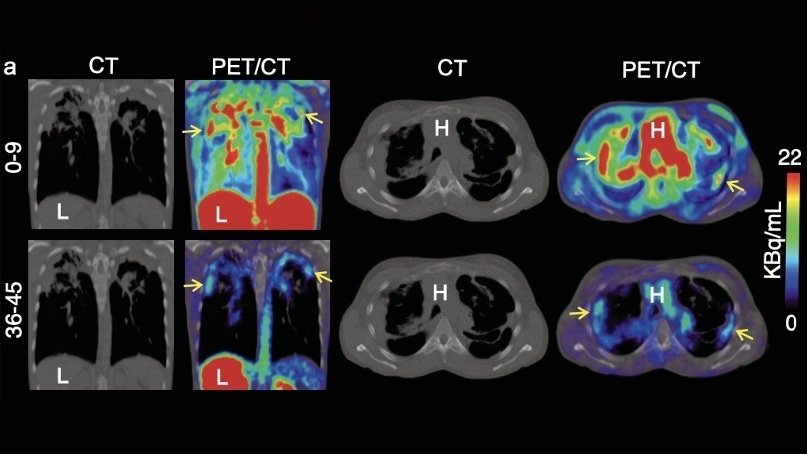PET Better Than Conventional Evaluation Methods in Measuring Treatment Responses
By MedImaging staff writers
Posted on 18 Feb 2008
Positron emission tomography (PET) was found to be much more sensitive and accurate than traditional imaging methods in detecting response to treatment in sarcoma patients, according to a recent study that is among the first to directly compare PET to computed tomography (CT) scanning. Posted on 18 Feb 2008
The study, conducted by researchers from the University of California, Los Angeles (UCLA; USA), has important implications for patients. If conventional imaging cannot accurately detect treatment response, oncologists may discontinue therapies that in reality are working and study participants may be dismissed from clinical trials that are in fact helping them. Conversely, if a patient is not responding, utilizing PET scanning to evaluate response could help prevent them from undergoing toxic therapies that are not working.
The study, conducted by a multidisciplinary team of scientists from UCLA's Jonsson Cancer Center, appeared in the February 1, 2008, issue of the journal Clinical Cancer Research. Investigators found that standard size-based evaluation methods only identified 20% of responders, whereas PET was able to identify responders 100% of the time.
Researchers used a PET/CT scanner in the study, a technologic development that combines both imaging modalities in one machine. The combined scanner allowed researchers to directly compare the before and after treatment scans for both tumor size and metabolic activity.
The study also has important implications for long-term patient follow-up, according to Dr. Eilber. PET scanning rapidly tells clinicians how much of the tumor is dead. The amount of tumor that dies during treatment correlates with patient outcomes. If a large amount of the tumor is killed during treatment, sarcoma patients experience increased survival and lower recurrence rates. This form of monitoring response to treatment also will be important in evaluating patients whose tumors have metastasized throughout the body, according to Dr. Eilber.
Related Links:
University of California, Los Angeles














